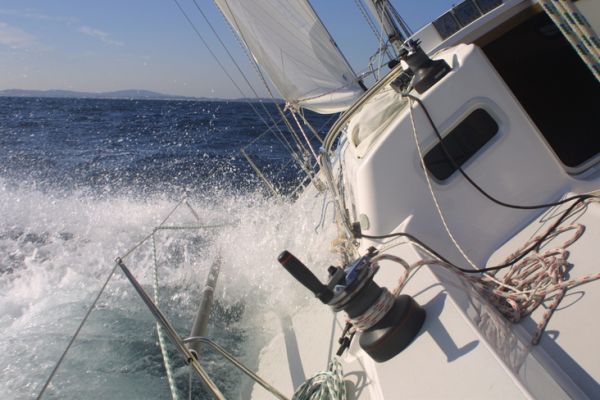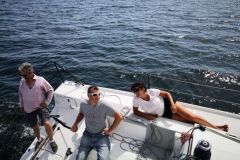Windward cues, the basis for learning
To get by in sailing, it is essential to have reference points to the wind. We need it to sail efficiently upwind, to know if our boat's settings are optimized and to know if we are in the right configuration to launch certain maneuvers. We will rarely decide to launch a gybe while we are still upwind for example.
Today, let's imagine ourselves on a cruising sailboat or similar.
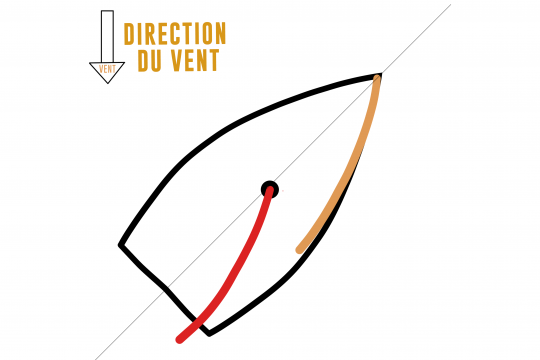
Use all your senses, or almost all of them!
To know if you are upwind, there are several simple markers:
- The boat is overturned.
- You can feel the wind on your face. Some will use their ears to feel the wind!
- Generally, our boat moves in the opposite direction of the waves, it hits against the waves.
- The bar is hard, more difficult to handle.
- Instruments such as the windvane and electronics indicate that the wind is coming from the front of the boat.
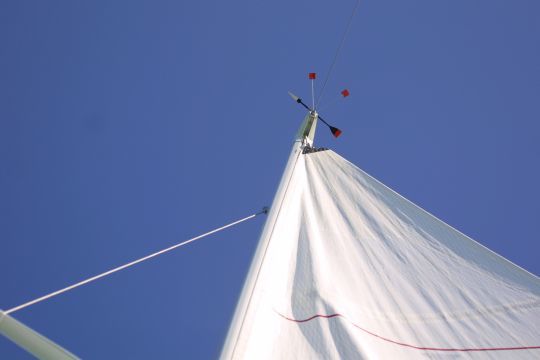
We can also make a small test with the bar to check that we are well with the wind. We luff slightly. If the boat loses speed and the hull goes flat, it means that you were upwind! If not, maybe you were at the right speed or at the right angle!
Of course, all of these cues are easier to identify if your sails are properly trimmed for this point of sail!
An exercise to progress
We suggest a very effective training to improve your upwind steering: blindfold yourself. The objective of this exercise is to see that you can steer by depriving yourself of certain senses. The first one will be the eyes. Indeed, we quickly tend to look at our electronic instruments or our windvane to know if we are upwind. But this information gathering is generally a source of errors when you are a beginner. Feeling the boat allows you to react more quickly and to better adapt to the sea.
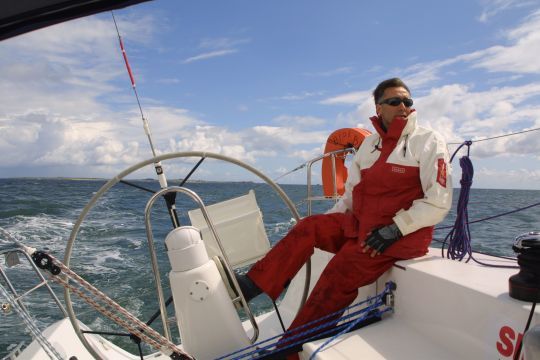
While being supervised by a person who knows how to sail, steering blindfolded can be very instructive. You will concentrate on your other senses and in particular feel the wind, the heel of the boat and the different sounds.
If the boat flattens out and you feel less wind, pull down a little! If you don't feel the wind anymore but you notice that you still have speed, maybe you have gone wide, you have to luff! Just be careful not to give too much angle to your helm, sudden changes in direction could tangle your hair. If you're doing well, you can try depriving yourself of even more information: put a bucket on your head, a cushion under your buttocks and - or under your feet!
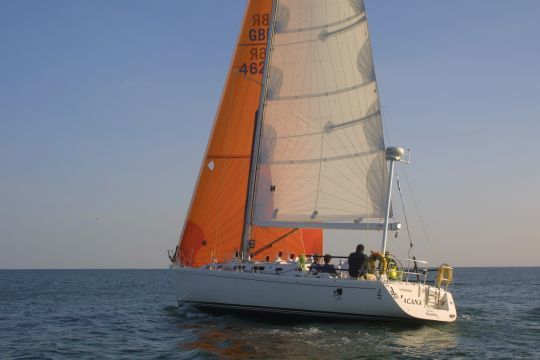
So don't hesitate to try this exercise on your next outing! Do it under the supervision of a competent person to avoid a wild gybe or any other risk of accident. Beware, however, of seasickness, which can occur quickly when you are deprived of your view. That said, it's a fun exercise to do!
